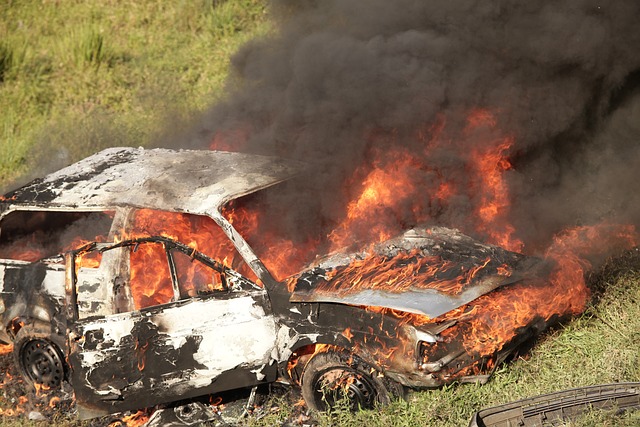When preparing for emergencies, having reliable flashlights for emergency preparedness is crucial. These devices provide immediate lighting during power outages or disasters, enhancing safety and visibility. The best flashlights feature high lumen outputs, adjustable brightness settings to conserve battery life, robust construction to withstand environmental challenges, and may include additional features like solar or hand-crank charging. Selecting a model with a reliable power source, such as rechargeable lithium-ion batteries, is important for sustainability. Advanced options offer strobe functions for self-defense or disorienting potential threats. For long-term readiness, consider flashlights that require no electricity, like those powered by hand-crank or solar energy. Regular testing and maintenance are key to ensuring your flashlight functions when needed. Keep spare batteries on hand, and store flashlights where they're easily accessible in an emergency. A diverse set of lighting options, including handheld torches, headlamps, and lanterns, can cater to various needs, from hands-free illumination to larger area lighting. Maintaining and familiarizing yourself with these tools before an emergency will ensure you are well-prepared for any unexpected events that may arise.
When disaster strikes, reliable lighting can be a lifeline. This article illuminates the critical role flashlights play in emergency preparedness, guiding homeowners through selecting the right models for their disaster kits. From understanding key features that enhance visibility and durability to exploring various types of flashlights suited to different scenarios, we’ll ensure your investment in flashlights for emergency preparedness is illuminating. We’ll also delve into battery considerations to keep your light source active when it matters most, and provide practical strategies for integrating these tools into your home’s disaster plan. Regular maintenance and testing are pivotal for dependability, and this guide will underscore their importance to keep you and your family safe in the darkest times.
- Understanding the Role of Flashlights in Emergency Preparedness
- Key Features to Look for in Emergency Flashlights
- Types of Emergency Flashlights and Their Suitability for Different Scenarios
- Battery Considerations: Ensuring Your Flashlight Remains Lit When You Need It Most
- Strategies for Incorporating Flashlights into Your Home's Disaster Plan
- The Importance of Regular Maintenance and Testing of Emergency Flashlights
Understanding the Role of Flashlights in Emergency Preparedness

Flashlights for emergency preparedness serve as indispensable tools in disaster scenarios, offering a reliable source of illumination when the power grid fails or during sudden emergencies. In situations where visibility is critical, such as navigating through darkened spaces after an outage or during a nighttime evacuation, flashlights provide immediate and portable lighting solutions. They are compact, durable, and can often be used as a single-unit light source or in combinations with other lights for enhanced coverage. The importance of including flashlights in one’s disaster kit cannot be overstated; they are essential for signaling for help, inspecting potential hazards, or even just maintaining a sense of normalcy in chaotic conditions.
Selecting the right flashlight involves considering factors like battery type, lumen output, beam distance, and durability. High-quality flashlights designed for emergency preparedness often feature long-lasting batteries, high lumen outputs to illuminate large areas or distant objects, and impact-resistant materials to withstand harsh environments. Additionally, features such as multiple brightness settings can extend battery life and allow users to match the light output to their immediate needs. In any disaster-ready home, flashlights for emergency preparedness should be a staple, ensuring that occupants have a dependable tool to enhance safety and facilitate decision-making during unforeseen events.
Key Features to Look for in Emergency Flashlights
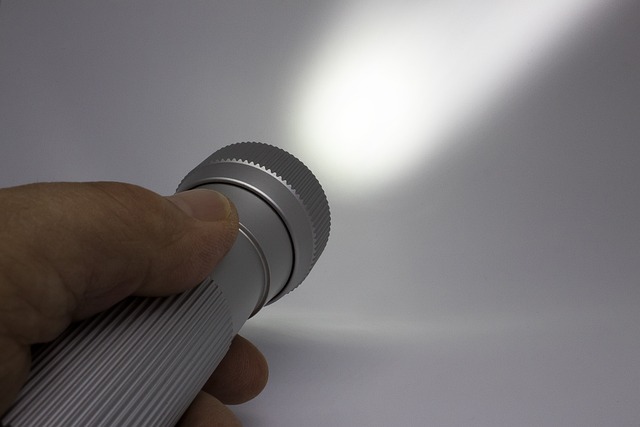
When assembling a disaster kit, including flashlights for emergency preparedness is non-negotiable. These compact beacons are often a home’s first line of defense against darkness during power outages or natural disasters. A reliable emergency flashlight should feature high lumen output to illuminate dark environments effectively. Look for models that offer multiple brightness settings, allowing users to conserve battery life by using lower light levels when full illumination isn’t necessary. Additionally, durability is a key factor; the best flashlights are built to withstand harsh conditions, including water resistance and impact-resistance. For those who prioritize portability, compact designs with a secure grip are advantageous, ensuring the flashlight remains functional even when hands are wet or under strain.
Moreover, consider the power source of your emergency flashlight. High-quality models often come with rechargeable batteries, offering longer life spans than single-use options. Some top-of-the-line flashlights for emergency preparedness even feature alternative power options, such as solar or crank charging, to ensure you’re never left in the dark. Lastly, features like a strobe function can be lifesaving, disorienting potential threats during an emergency situation. When selecting a flashlight for your disaster-ready home, prioritize those with a solid construction, reliable power sources, and versatile lighting options to ensure you’re well-prepared for any situation.
Types of Emergency Flashlights and Their Suitability for Different Scenarios
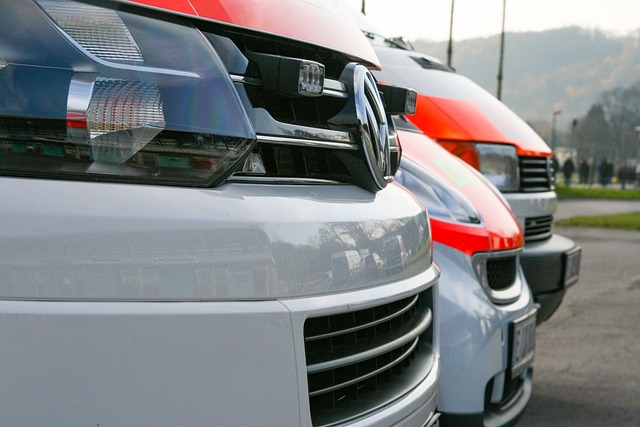
When disaster strikes, having a reliable emergency flashlight is indispensable for navigating through power outages or unforeseen nighttime events. Flashlights for emergency preparedness come in various types, each designed to meet specific needs during different scenarios. For instance, traditional battery-powered flashlights provide a dependable source of light and are suitable for short-term emergencies or as part of a larger home safety kit. They are compact and easy to store, making them ideal for quick access when sudden darkness occurs.
For those who prioritize sustainability and long-term preparedness, crank-powered or solar emergency flashlights offer an eco-friendly alternative. These devices harness energy from the sun or mechanical movement, eliminating the need for disposable batteries. They are particularly well-suited for long-duration outages, where visibility over extended periods is crucial. Additionally, high-intensity LED models, which fall under flashlights for emergency preparedness, offer bright, focused light and often come with multiple settings, including strobe and SOS signals, which can be vital in signaling for help during a crisis. Whether it’s a natural disaster or an unexpected power outage, the right emergency flashlight ensures that you are prepared to see your way through the darkness.
Battery Considerations: Ensuring Your Flashlight Remains Lit When You Need It Most
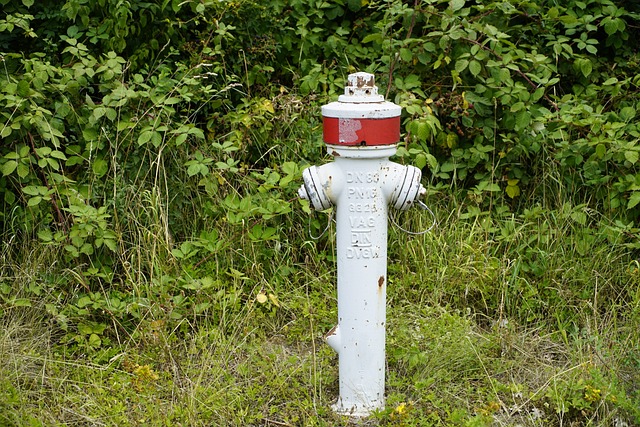
In the event of a disaster, the reliability of your portable light sources can be a matter of safety and security. Flashlights for emergency preparedness must be equipped with robust batteries that hold their charge well. The type of battery used in your flashlight is critical; lithium-ion batteries, due to their high energy density and ability to maintain power even when not fully charged, are an excellent choice. It’s advisable to opt for flashlights that have high-drain batteries, as they can deliver a steady stream of light over extended periods without depleting too quickly. Additionally, consider flashlights with batteries that can be easily replaced or those that come with charging options. For optimal preparedness, it’s wise to keep spare batteries stored separately from the flashlight to prevent accidental activation and ensure they are fully charged and ready for use when disaster strikes. Regularly testing your flashlights under various conditions will also help you understand their battery life and performance, ensuring that you are not left in darkness when you need your emergency light source the most.
When selecting a flashlight for emergency preparedness, look for models with battery indicators that inform you of the charge status. This feature can prevent unexpected power loss. Furthermore, choosing a flashlight with multiple brightness settings can extend battery life by using a lower setting when full illumination isn’t necessary. Investing in a flashlight with a rechargeable battery pack or additional battery compartments can also provide an advantage during prolonged outages. It’s important to have a flashlight that remains lit when you need it most, so careful consideration of the flashlight’s battery specs and features is essential for peace of mind in emergency situations.
Strategies for Incorporating Flashlights into Your Home's Disaster Plan
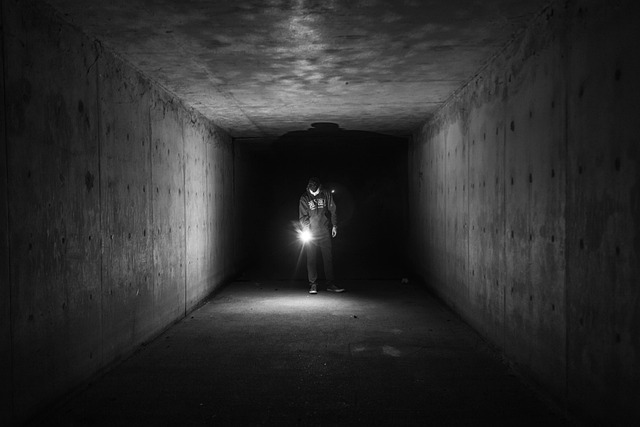
In the event of a power outage or disaster, having reliable lighting sources is crucial for safety and navigation. Flashlights for emergency preparedness are indispensable tools in every household’s disaster plan. To effectively incorporate flashlights into your home’s disaster preparation strategy, it’s important to have a variety of lighting options available. Firstly, ensure that each family member has their own high-quality flashlight, which they know how to operate. These should be easily accessible during an emergency. Secondly, consider different types of flashlights, such as handheld torches, headlamps, and lanterns, as they serve diverse purposes. For instance, a headlamp frees up your hands, allowing you to work or move around safely in the dark. Lanterns can illuminate larger areas, which is particularly useful for communal spaces or when you need to see a wide environment quickly. Keep spare batteries and solar-powered options as alternatives to avoid being left in the dark. Additionally, practice regular drills so that every household member is familiar with the flashlights’ locations and usage. By integrating flashlights into your home’s disaster plan, you enhance your family’s ability to navigate through unexpected situations with confidence and safety.
Furthermore, consider the environment where these flashlights will be used. Flashlights for emergency preparedness should be durable and water-resistant, capable of operating in various conditions. Place them in easily accessible locations, such as on walls near exits or atop nightstands, and ensure that they are charged or stocked with fresh batteries regularly. A well-thought-out plan includes not only the acquisition of flashlights but also their maintenance and integration into your daily life. Regularly test them to ensure they’re functioning correctly, and use them during power outages, even if brief, to familiarize yourself with their operation and light output. By making flashlights a part of your everyday routine, you’ll be prepared for emergencies when every ray of light counts.
The Importance of Regular Maintenance and Testing of Emergency Flashlights
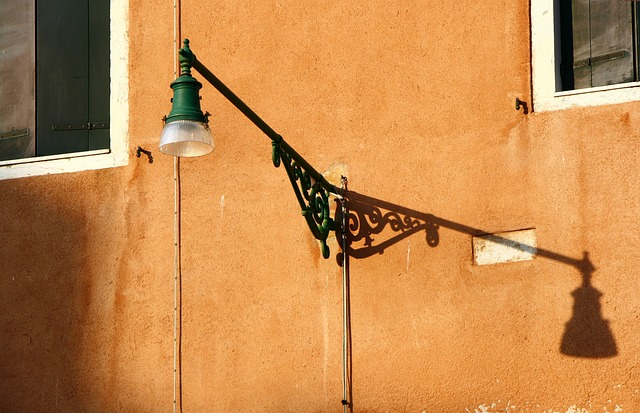
Regular maintenance and consistent testing are pivotal for the reliability of flashlights designated for emergency preparedness. Flashlights for emergency preparedness are more than mere tools; they are a lifeline in unforeseen circumstances. To ensure they function optimally when needed, it’s crucial to inspect them periodically. This includes checking for signs of wear and tear, ensuring battery compartments are clean and tight, and verifying that the bulbs or LED components are intact. Additionally, performing test runnings under various conditions can help identify potential issues with the flashlights before an actual emergency arises. By doing so, users can confidently rely on their flashlights for emergency preparedness, knowing they will provide the necessary illumination to navigate through dark situations safely and effectively. Regular upkeep also extends the lifespan of the flashlight, guaranteeing it’s ready when disaster strikes.
In conclusion, incorporating flashlights for emergency preparedness into your home’s disaster plan is a prudent measure that can significantly enhance safety and security during unexpected events. Selecting the right type of emergency flashlight—be it a handheld, headlamp, or rechargeable model—tailored to various scenarios, coupled with understanding their key features and reliable battery considerations, equips households with a dependable light source when traditional power may fail. Regular maintenance and periodic testing are critical to ensure these indispensable tools are ready when needed most. By prioritizing flashlights for emergency preparedness, homeowners can take proactive steps towards resilience and peace of mind, illuminating the path forward in the face of adversity.
